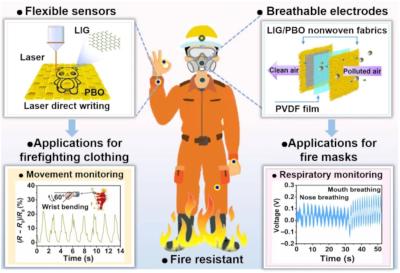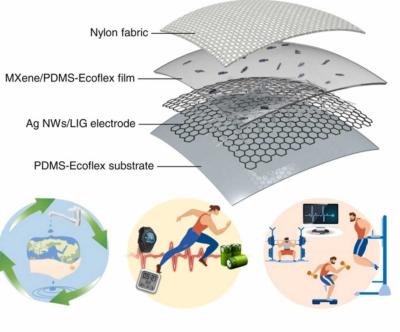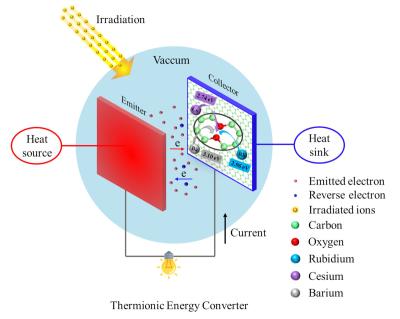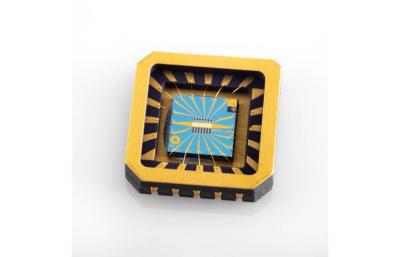Scientists from Israel's Weizmann Institute of Science, in collaboration with teams at Manchester University and UC Irvine, have shown that an electronic fluid can flow through materials without any electrical resistance, thereby perfectly eliminating a fundamental source of resistance that forms the ultimate limit for ballistic electrons. This result could open the door to improved electronic devices that do not heat up as much as existing technologies.
When electrons flow in electrical wires, they lose part of their energy, which is wasted as heat. This heating is a major problem in everyday electronics. The heating occurs because electrical conductors are never perfect and have a resistance for the flow of electrical currents. Typically, this resistance originates from the scattering of the flowing electrons by imperfections in the host material. But it stands to reason that a perfect conductor, devoid of any imperfections, would have zero resistance. However, even if the conductor is perfectly clean and free from imperfections, the resistance does not vanish. Instead, a new source of resistance emerges, known as the Landauer-Sharvin resistance. In an electrical conductor, electrons flow in quantum channels, much like cars in highway lanes. Similar to highway lanes, each electronic channel has a finite capacity to conduct electrons, limited by the quantum of conductance. For a given conductor, the number of quantum channels is finite and determined by its physical width. Thus, even a perfect electronic device, devoid of any imperfections, will never have infinite conductance. It will always have resistance. In the absence of interactions between electrons, this Landauer-Sharvin resistance is unavoidable, putting a fundamental lower bound on the heating of computer chips, which becomes even more severe as transistors become smaller.



